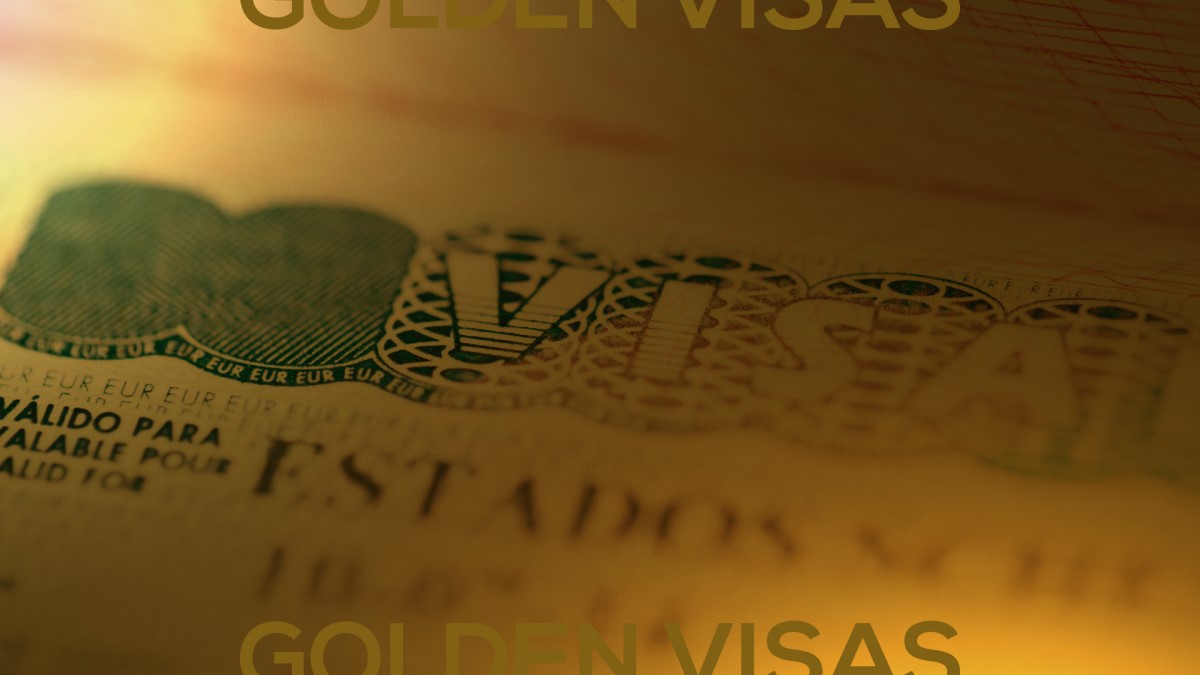Transiting Europe: Who Needs Visas & How to Obtain One
Travelling throughout the Schengen Area for the nationals of over 60 world countries is an easy thing to do. Mainly, they just have to check the validity of their passports, book a flight, and travel.
Yet, for travellers from many world countries, not only that it is hard to travel to the Schengen Area, as a visa is needed, but for many of them even transiting one of the 27 Member Countries, in order to reach a destination country, is a difficult thing to do.
Nationals of 11 world countries travelling with passports issued by the same are obliged to obtain a transit visa in case they have to make a stopover in any of the Schengen countries en route to the country they wish to visit, SchengenVisaInfo.com reports.
This means that, a Transit Schengen visa is a type of visa that travellers wishing to transit a particular country in the Schengen zone, need to obtain from the embassy, consulate or visa centre of the country in which they will transit, located in their country of residence.
There is a procedure for this document, as well a fee, and a list of documents that should be collected in order to apply. They are however, quite easier than the procedures for obtaining a regular tourist or business Schengen visa.
The validity of a transit visa is 24 hours.
Who Needs Transit Visas for Schengen Area Countries?
The list of people that need a transit visa is quite narrower than the list of people that need a Schengen Visa.
First, the Schengen countries have a joint list of third-countries, on which they have together agreed. Travellers from these countries are obliged to obtain transit visas before going making stopover in their territory. These countries are:
- Afghanistan
- Bangladesh
- The Democratic Republic of the Congo
- Eritrea
- Ethiopia
- Ghana
- Iran
- Iraq
- Nigeria
- Pakistan
- Somalia
- Sri Lanka
Second, almost every Schengen member has another second separate list of third-countries, travellers from which need a transit visa to transit the territory of that particular Schengen country.
The lists are quite different, and while some countries, like Austria have only one country in their list (Austria has only Syria), others, have a longer list, like Belgium, which has nine countries in its list – the Dominican Republic, Guinea, Guinea Bissau, Nepal, South Sudan, Sudan, Syria, Yemen, and Palestinians.
Find Here a Full List of Countries That Need a Transit Visa for Each Schengen Area Country
How Do Countries Decide to Impose a Transit Visa on a Particular Country?
There are usually quite a few factors taken into account before imposing transit visas on a third country, including here the rate of people who reached a country on a transit visa and attempted to seek asylum of temporary protection in that country.
The political and economical situation in a country, as well as the rates of asylum seekers in Europe from that country, are also important factors.
In most cases, the Member States do not disclose the reason why they are imposing transit visas for a particular country, and the new measure often becomes effective without much noise, affecting many travellers who are unaware of the change.
For example, since December 1, the majority of Turkish nationals have had to obtain a transit visa in order to transit through the Netherlands’ Amsterdam Airport Schiphol en route to their destination country.
“If you have Turkish nationality and will be transferring at Amsterdam Schiphol Airport after December 1, 2022, new rules apply. You will need an airport transport visa unless one of the exemptions applies to you,” the Dutch government announced at the time.
However, the authorities have not revealed why such a decision was taken.
Similarly, since August 1, 2022, the citizens of Armenia travelling outside the Schengen zone on a transit flight through Polish airports are required to have a transit visa.
The Polish authorities have not specified either, why such a measure has been imposed on Armenian nationals.
>> Indian Citizens Continue Being Denied Boarding Due to Lack of Schengen Transit Visas
How to Obtain a Transit Schengen Visa?
The procedures for obtaining a Transit Schengen Visa are way easier than those for obtaining a regular short-term Schengen visa. The list of documents is quite shorter too.
Travellers still need to fill in a regular short-stay visa application form, and provide two recent photos, a valid passport, proof of onward journey, travel insurance, and pay a visa fee which is the same as for a short-stay Schengen visa.
The application should be submitted at least 15 days before the trip, and three months before the earliest.
What Happens If I Travel Without a Transit Visa?
If you attempt to travel to a country without a transit visa, the airline is obliged to reject you from boarding the plane. Usually, airlines are well informed on the need to hold a visa to transit a particular country.
In case the airline fails to prevent you from travelling without a transit visa, to a country that requires you to have one, then once you arrive in that country, you will be turned back, and deported. You may even bear consequences, as monetary fines, or an entry ban for a particular period of time.
Airport Transit Visa Statistics
In 2021, a total of 11,844 applications for transit visas were filed at the Schengen embassies, 11,844 of which were approved, and the remaining were rejected.
According to Schengen Visa Statistics, France received the highest number of applications, as many as 6,822, and rejected 10.4 per cent of them, followed by the three countries below:
- Spain with 1,898 applications and a rejection rate of 20.8 per cent
- Netherlands with 1,568 applications and a rejection rate of 16.8 per cent
- Germany with 1,249 applications and a rejection rate of 12.5 per cent
The other countries received way lower number of transit visa applications, with Belgium receiving 174, Portugal 78, Denmark 19, Switzerland 19, etc.



